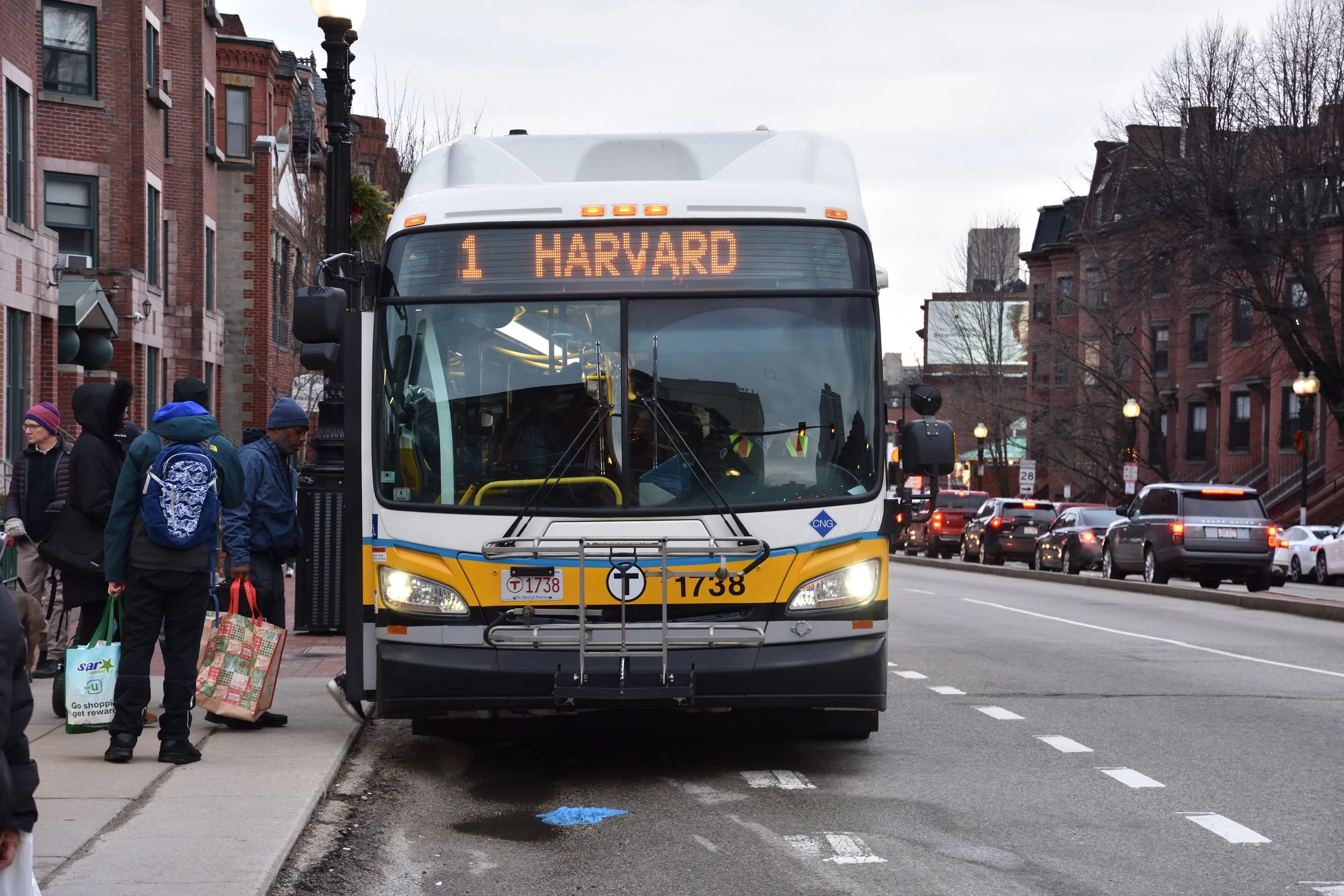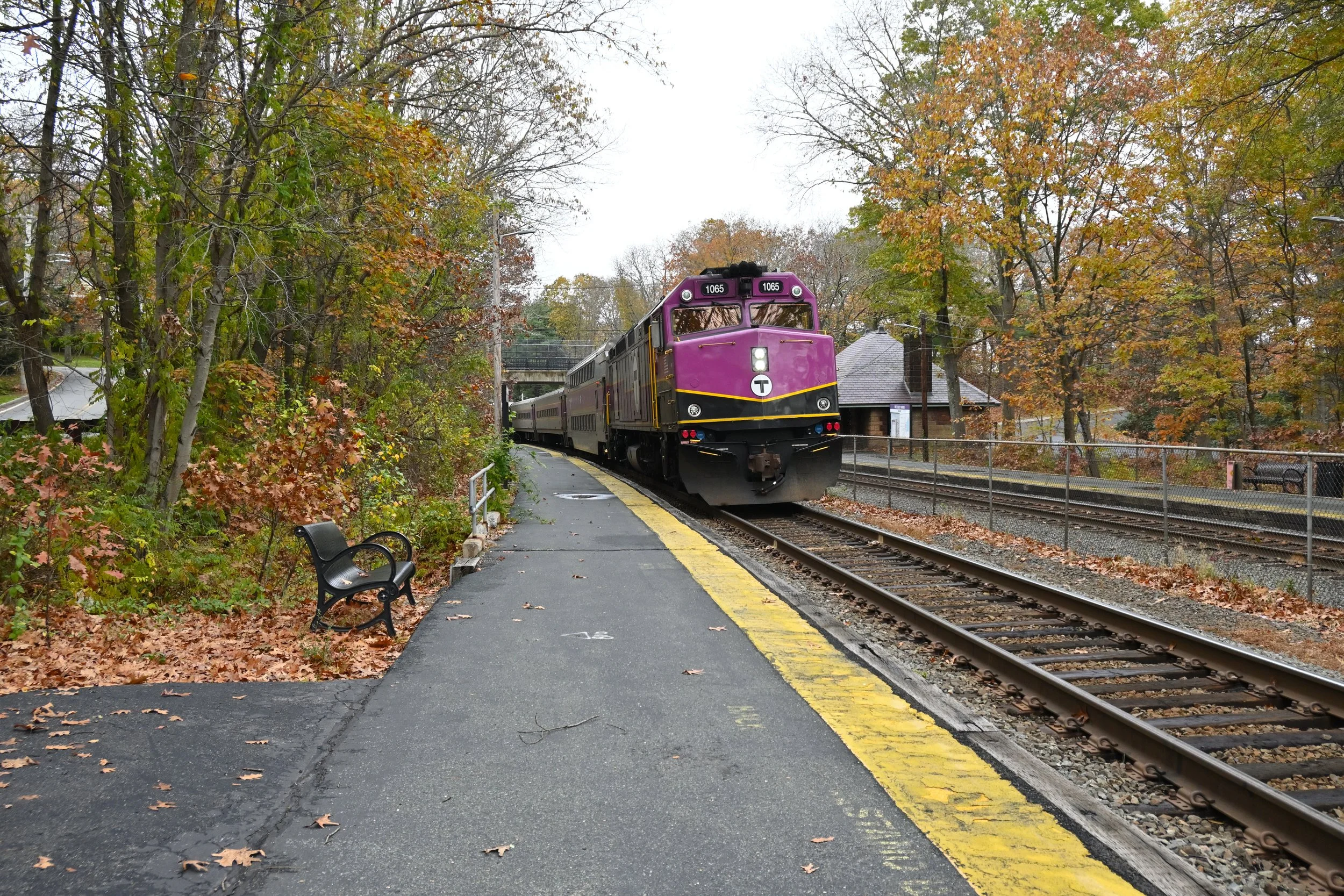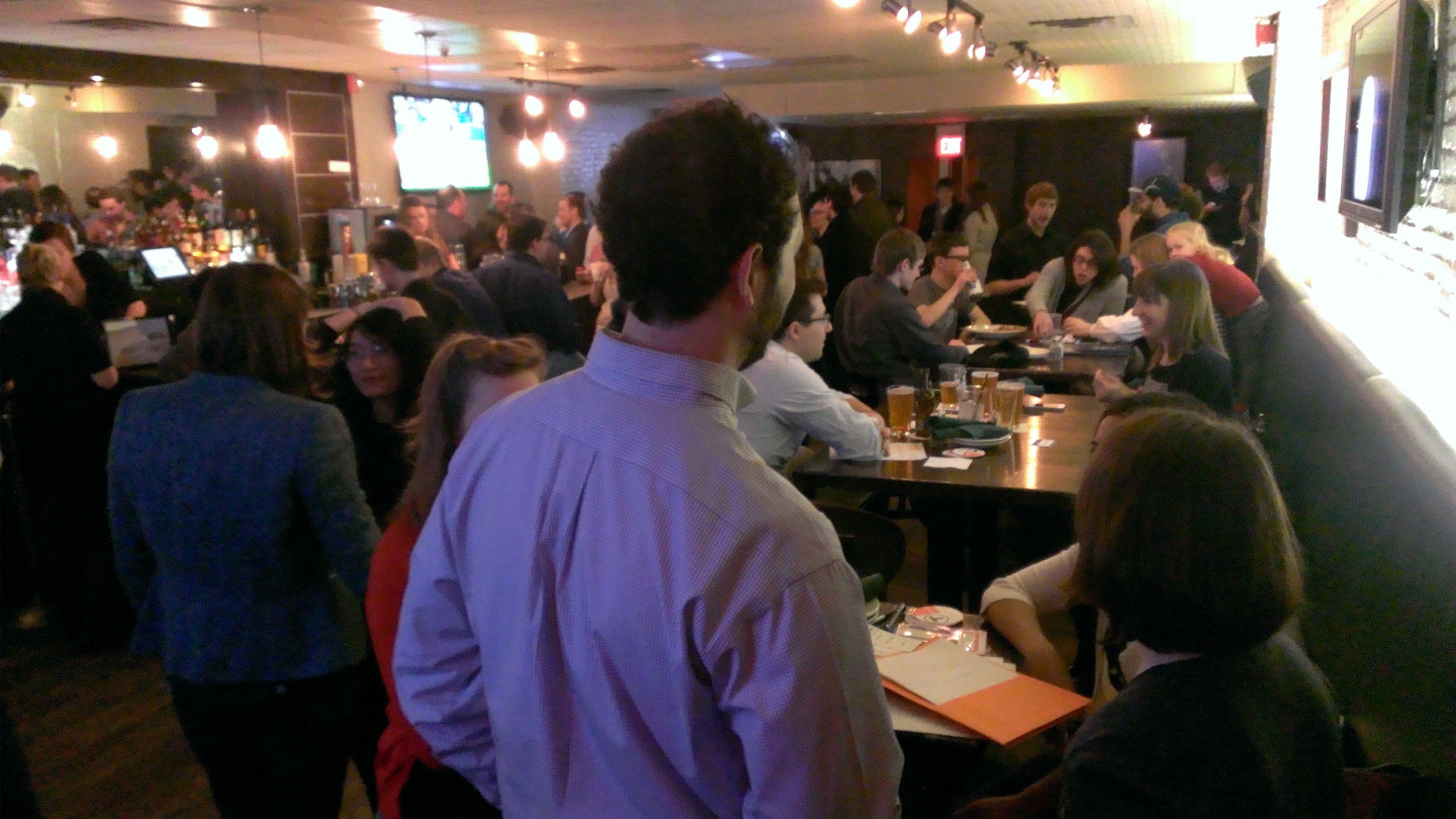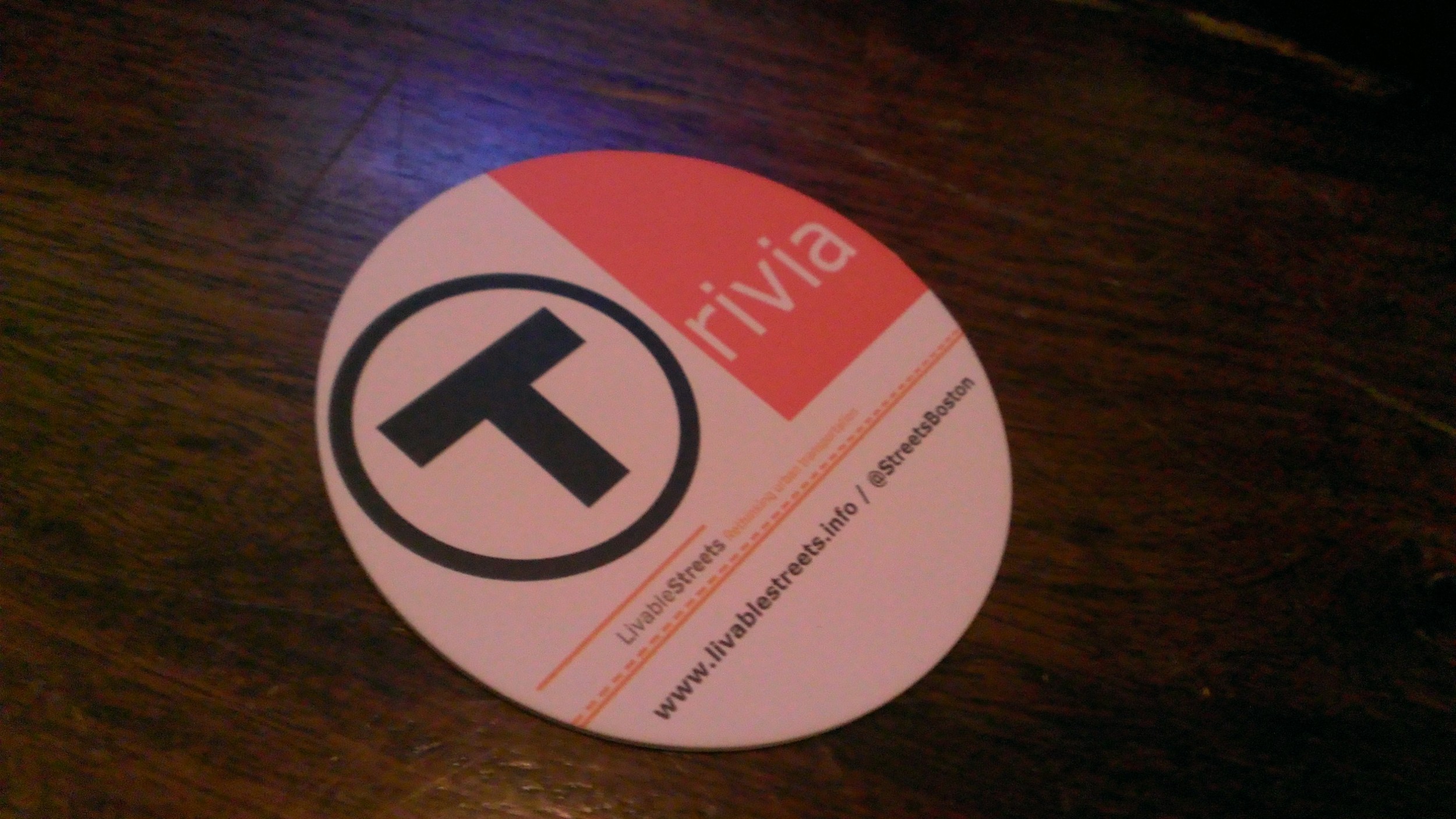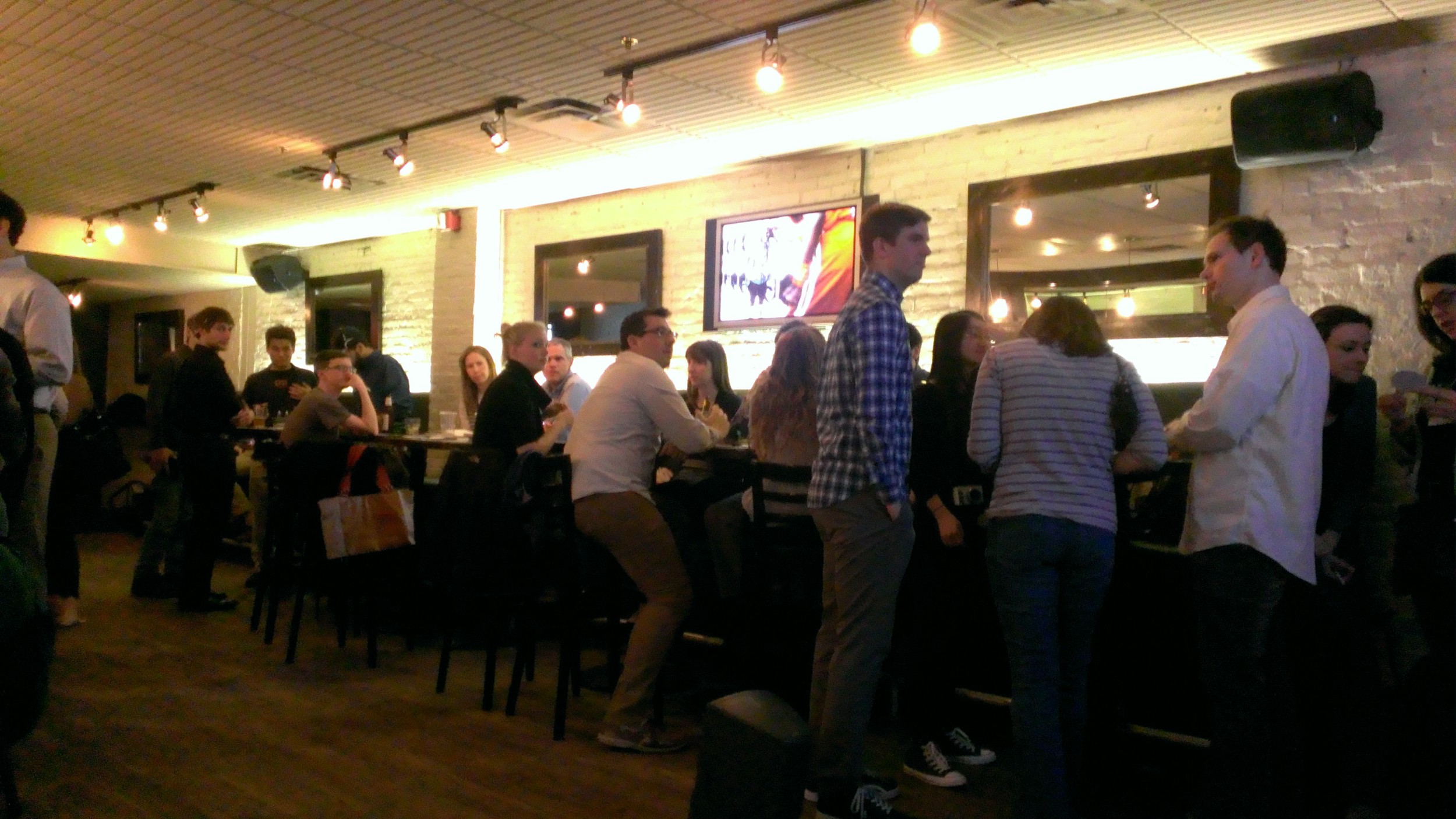Crawling Along: Introducing the Slow Zone Tracker
Tracking Slow Zones on the MBTA
Do you ever find yourself sitting on a subway car that is just crawling along? Maybe you’re running slightly late already. And maybe you start to wonder… “Surely it hasn’t always been this slow. Is it just my train? Has it been like this the whole week? Is it getting worse?”
The TransitMatters Labs team is happy to announce a new tool that answers these questions. Our new Slow Zone Tracker makes it easy to tell when trains are running consistently slower than usual.
Slow zones on a rail line usually pop up due to infrastructure problems such as poor track condition, signal failure, or power issues. For example, StreetsblogMASS recently reported that the Orange Line has been given a lower speed limit in some sections due to deteriorating track conditions. And in 2019, for instance, the Red Line was severely delayed after the June 11 derailment took the signal system offline.
Our line graph gives a high-level overview of these sorts of systemic slow downs—how much time is being lost compared to how fast the trains theoretically could run? Is it getting better or worse over time?
Switching to the segment view allows you to dig in deeper: which pairs of stops are seeing delays, and how bad are they?
Clicking on one of the bars will take you to the data-dashboard page where you can see the data itself. In most cases, it will look something like this:
Or like this:
In some cases, severity may vary over time. Our algorithm looks at dwell times in addition to travel times, since waiting longer than usual at a station also counts as a delay.
Our algorithm isn’t perfect, of course. If you notice any issues or want to send any other feedback, let us know at labs@transitmatters.org.
FAQ:
What is this?
This is a tool to help find and track slow zones. That is, areas where trains have lower-than-usual speeds due to track conditions, signal issues, or other infrastructure problems.
How do we calculate this?
We look at the daily median travel time + dwell time for each segment along a route. Whenever that trip time is at least 10% slower than the baseline for 3 or more days in a row, it gets flagged as a slow zone. Currently, our baseline is the median value in our data, which goes back to 2016. It’s not a perfect system, but various algorithmic improvements are in the works.
Why did we build this?
There’s power in data, but it’s only useful when you can tell a story. Slow zones are a nice story to tell: they tie our observable results to a cause. With so much data available, it can be difficult to find the interesting bits. So we’ve built this tool to help us locate and track this type of issue (slow zones), and monitor the severity over time.
How can you use this?
Share it. Bring the data to public meetings. Pressure the T to do better, but also give them credit where it’s due.
What about the Green Line?
Due to variable traffic, much of the Green Line doesn’t have consistent enough trip times to measure. As for the main trunk and the D line? Coming “soon”.

